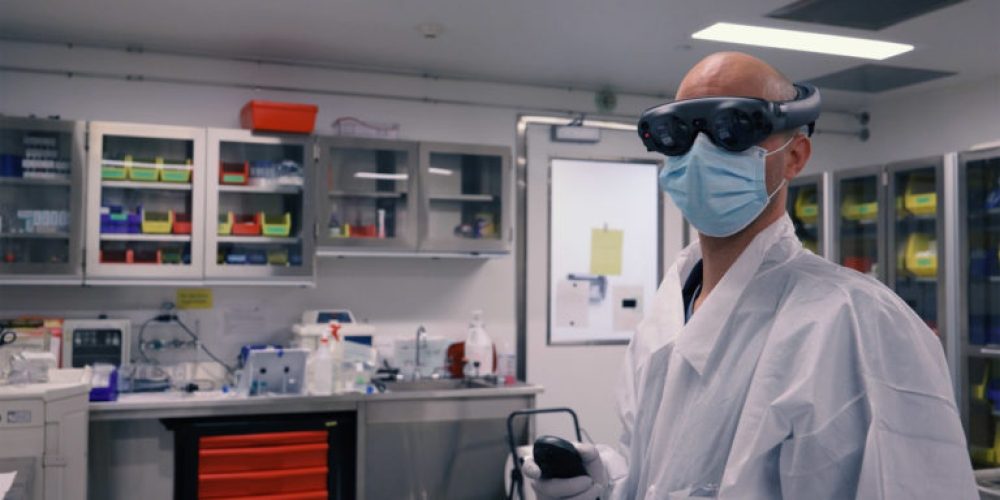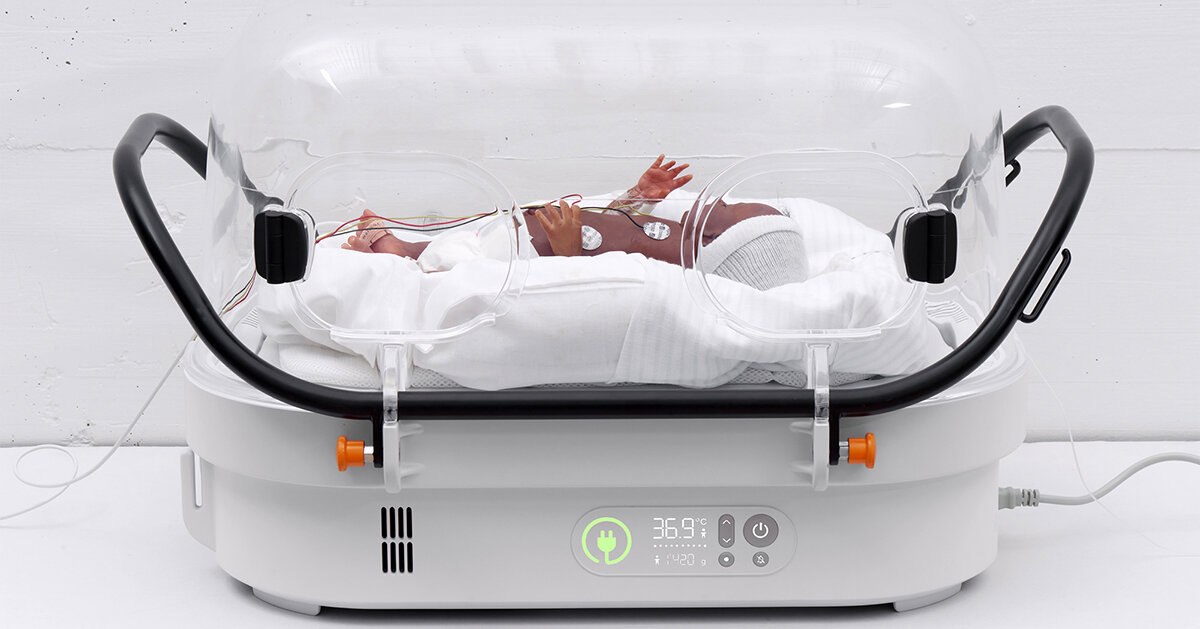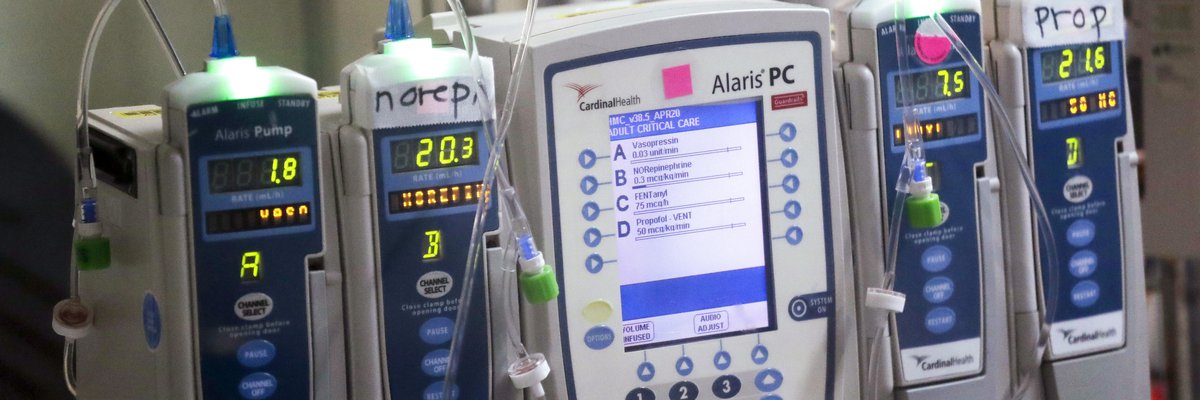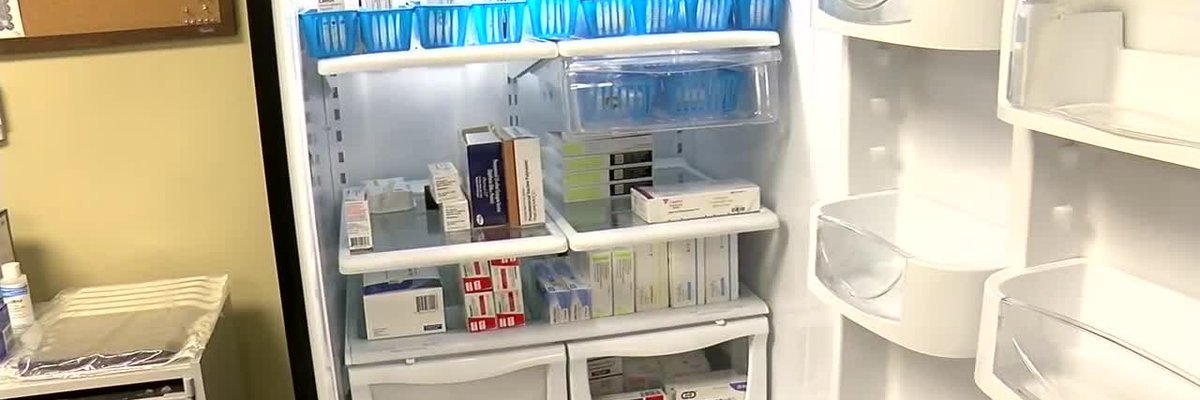Anesthesia machines are medical devices used to deliver anesthetic gases to patients during surgery. They are used to monitor and control the patient’s vital signs, such as heart rate, blood pressure, and oxygen levels. Anesthesia machines are also used to deliver anesthetic drugs, such as opioids, to the patient. Anesthesia machines are essential for the safe and effective delivery of anesthesia during surgery. They are designed to provide a safe and controlled environment for the patient and the anesthesiologist.
Anesthesia Machines: What to Consider When Choosing a Model
When choosing an anesthesia machine, there are several factors to consider. First, it is important to consider the size and weight of the machine. Anesthesia machines come in a variety of sizes and weights, and it is important to choose a machine that is appropriate for the size of the operating room and the number of patients that will be using it.
Second, it is important to consider the features of the machine. Anesthesia machines come with a variety of features, such as oxygen flow meters, vaporizers, and alarms. It is important to choose a machine that has the features that are necessary for the type of anesthesia being administered.
Third, it is important to consider the cost of the machine. Anesthesia machines can range in price from a few hundred dollars to several thousand dollars. It is important to choose a machine that fits within the budget of the facility.
Finally, it is important to consider the maintenance and repair requirements of the machine. Anesthesia machines require regular maintenance and repairs in order to ensure that they are functioning properly. It is important to choose a machine that has a good track record for maintenance and repair.
By considering these factors, it is possible to choose an anesthesia machine that is appropriate for the needs of the facility. It is important to choose a machine that is reliable, cost-effective, and easy to maintain.
Anesthesia Machines: What to Look for When Purchasing

When purchasing an anesthesia machine, it is important to consider a variety of factors to ensure that you are getting the best machine for your needs. Here are some key points to consider when making your purchase:
1. Safety: Anesthesia machines should be designed with safety in mind. Look for machines that have features such as alarms, monitors, and other safety features to ensure that your patients are safe during their procedure.
2. Quality: Quality is an important factor when purchasing an anesthesia machine. Look for machines that are made from high-quality materials and have been tested for accuracy and reliability.
3. Cost: Anesthesia machines can be expensive, so it is important to consider the cost of the machine when making your purchase. Look for machines that offer the features you need at a price that fits your budget.
4. Maintenance: Anesthesia machines require regular maintenance to ensure that they are functioning properly. Look for machines that are easy to maintain and have a good warranty.
5. Features: Anesthesia machines come with a variety of features, so it is important to consider which features are most important to you. Look for machines that offer the features you need to provide the best care for your patients.
By considering these factors, you can ensure that you are purchasing an anesthesia machine that is safe, reliable, and cost-effective.
Anesthesia Machine Maintenance: What You Need to Know
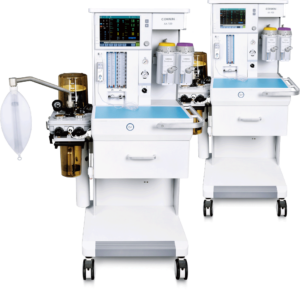 Anesthesia machines are essential pieces of medical equipment used in the operating room. They provide a safe and reliable source of medical gases and anesthetic agents to the patient during surgery. Proper maintenance of anesthesia machines is essential to ensure the safety of the patient and the accuracy of the anesthesia delivery.
Anesthesia machines are essential pieces of medical equipment used in the operating room. They provide a safe and reliable source of medical gases and anesthetic agents to the patient during surgery. Proper maintenance of anesthesia machines is essential to ensure the safety of the patient and the accuracy of the anesthesia delivery.
Anesthesia machines should be inspected and serviced regularly to ensure that they are functioning properly. The manufacturer’s instructions should be followed for the frequency of maintenance and the type of maintenance required. Generally, the machine should be inspected and serviced at least once a year.
The first step in anesthesia machine maintenance is to inspect the machine for any visible signs of damage or wear. This includes checking for any loose or missing parts, cracks, or other signs of damage. The machine should also be checked for any signs of corrosion or rust.
The next step is to check the machine’s gas flow and pressure. This should be done with a calibrated flow meter and pressure gauge. The flow and pressure should be checked at all points of the machine, including the gas inlet, outlet, and the vaporizer.
The machine should also be checked for any leaks. This can be done by using a leak detector or by checking for any visible signs of leakage. If any leaks are found, they should be repaired immediately.
The machine should also be checked for any blockages or obstructions. This can be done by using a suction device or by checking for any visible signs of blockage. If any blockages are found, they should be cleared immediately.
Finally, the machine should be checked for any signs of contamination. This can be done by using a swab or by checking for any visible signs of contamination. If any contamination is found, it should be cleaned immediately.
Anesthesia machine maintenance is essential to ensure the safety of the patient and the accuracy of the anesthesia delivery. Proper maintenance should be done regularly to ensure that the machine is functioning properly and that the patient is receiving the correct amount of anesthesia.
Anesthesia Machines for Surgeons and Patients

Anesthesia machines are essential pieces of medical equipment used in the operating room to provide patients with general anesthesia. They are used to deliver a combination of gases, such as oxygen, nitrous oxide, and volatile anesthetics, to the patient in order to induce a state of unconsciousness and analgesia. Anesthesia machines provide a safe and effective way to administer anesthesia to patients, and they offer a number of benefits to both surgeons and patients.
For surgeons, anesthesia machines provide a reliable and consistent way to deliver anesthesia to patients. The machines are equipped with a variety of safety features, such as pressure and flow monitors, that help ensure the patient is receiving the correct amount of anesthesia. This helps to reduce the risk of complications and ensures the patient is receiving the best possible care. Additionally, anesthesia machines are designed to be easy to use and require minimal maintenance, which helps to reduce the amount of time spent preparing for surgery.
For patients, anesthesia machines provide a safe and effective way to receive anesthesia. The machines are designed to deliver the correct amount of anesthesia to the patient, which helps to reduce the risk of complications. Additionally, anesthesia machines are equipped with a variety of safety features, such as pressure and flow monitors, that help to ensure the patient is receiving the correct amount of anesthesia. This helps to reduce the risk of complications and ensures the patient is receiving the best possible care.
Overall, anesthesia machines provide a safe and effective way to administer anesthesia to patients. They offer a number of benefits to both surgeons and patients, including a reliable and consistent way to deliver anesthesia, easy to use design, and a variety of safety features. Anesthesia machines are essential pieces of medical equipment that help to ensure the patient is receiving the best possible care.
The Evolution of Anesthesia Machines: How Technology Has Improved Patient Safety

Anesthesia machines have come a long way since their inception in the late 19th century. Initially, these machines were rudimentary and lacked the safety features that are now commonplace. However, with the advent of modern technology, anesthesia machines have become increasingly sophisticated and have improved patient safety significantly.
In the early days of anesthesia machines, the technology was limited and the machines were prone to malfunction. This posed a significant risk to patients, as the machines were unable to accurately monitor and regulate the amount of anesthetic being administered. Additionally, the machines lacked the ability to detect gas leaks, which could lead to dangerous levels of anesthetic in the operating room.
Today, anesthesia machines are much more advanced and feature a variety of safety features. For example, modern machines are equipped with sensors that can detect gas leaks and alert the anesthesiologist if a leak is detected. Additionally, the machines are able to monitor and regulate the amount of anesthetic being administered, ensuring that the patient receives the correct dosage.
Furthermore, modern anesthesia machines are equipped with alarms that can alert the anesthesiologist if the patient’s vital signs are outside of the normal range. This allows the anesthesiologist to take corrective action quickly, reducing the risk of complications.
Finally, modern anesthesia machines are equipped with sophisticated software that can track and record patient data. This data can be used to monitor the patient’s progress and ensure that the anesthetic is being administered correctly.
Overall, the evolution of anesthesia machines has greatly improved patient safety. The machines are now equipped with a variety of safety features that can detect and alert the anesthesiologist to potential problems. Additionally, the machines are able to accurately monitor and regulate the amount of anesthetic being administered, ensuring that the patient receives the correct dosage. Finally, the machines are able to track and record patient data, allowing the anesthesiologist to monitor the patient’s progress and ensure that the anesthetic is being administered correctly.
Conclusion
Anesthesia machines are essential pieces of medical equipment that are used to provide safe and effective anesthesia to patients during surgery. They are designed to deliver a precise mixture of gases and vapors to the patient, and they are equipped with a variety of safety features to ensure the safety of the patient. Anesthesia machines are an important part of the operating room and are essential for providing safe and effective anesthesia to patients.
